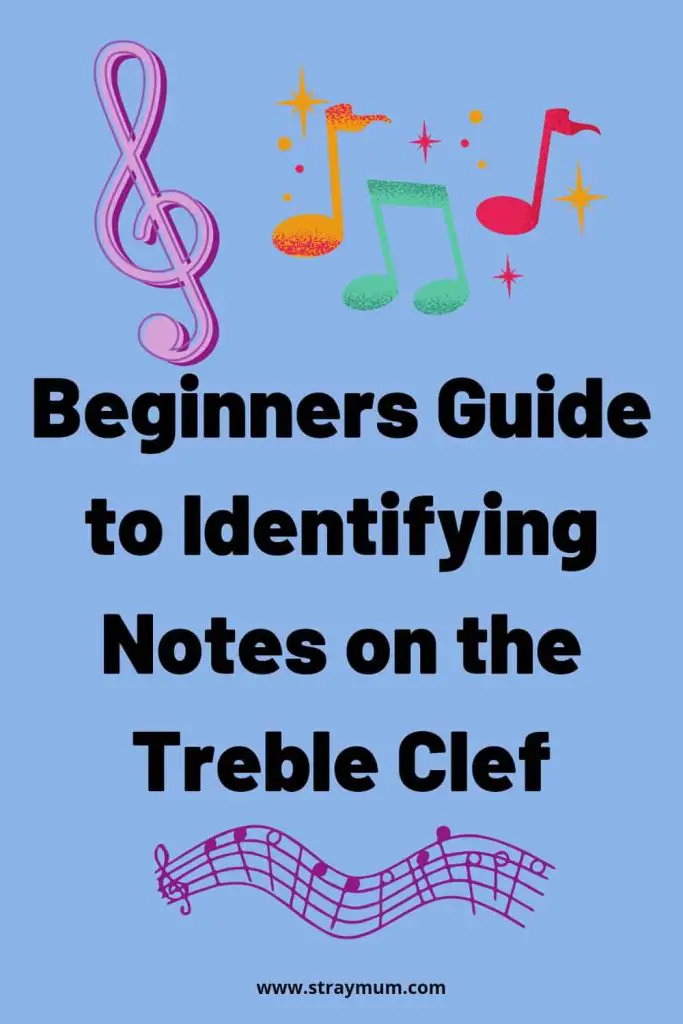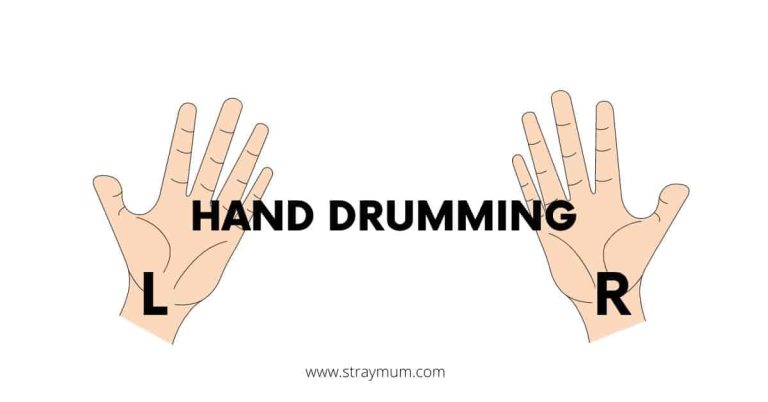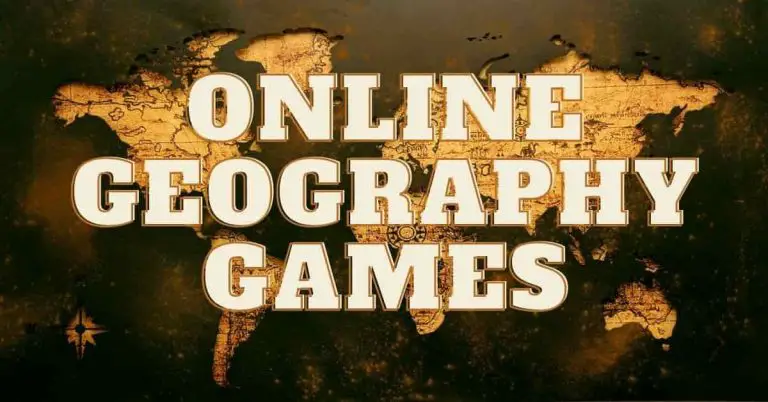The Treble Clef – Identifying Notes
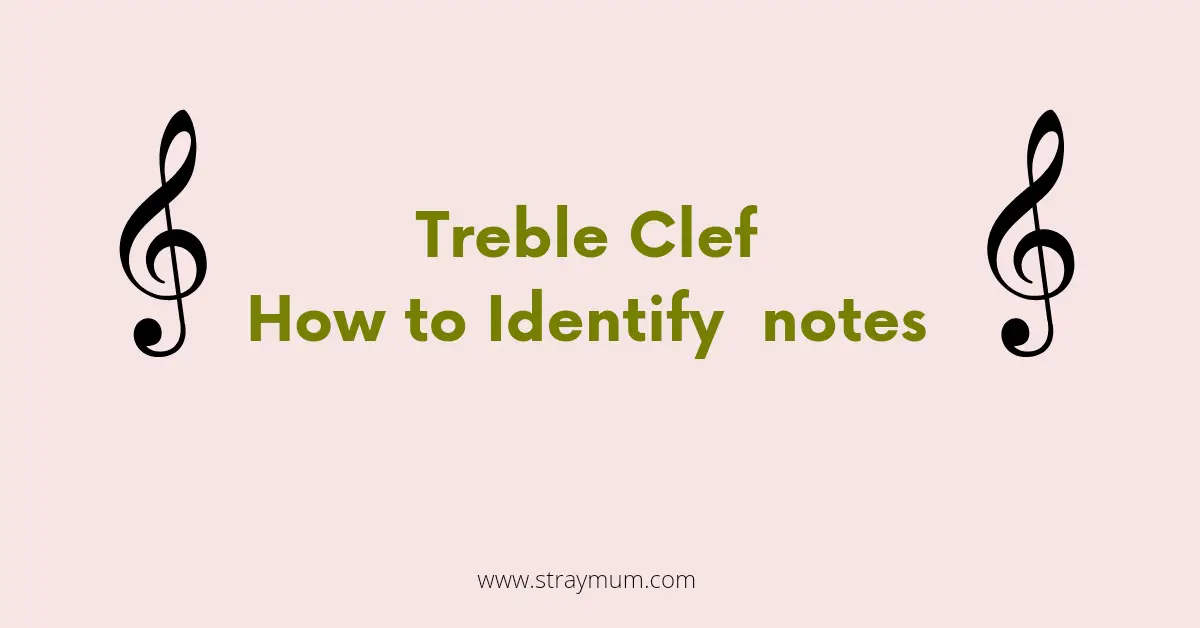
You have probably seen five lines on which musical notes are written.

This is called the staff (stave).
Until a clef is placed at the beginning of the staff (and there are many to choose from) we do not know what to call the note on the staff.
For example
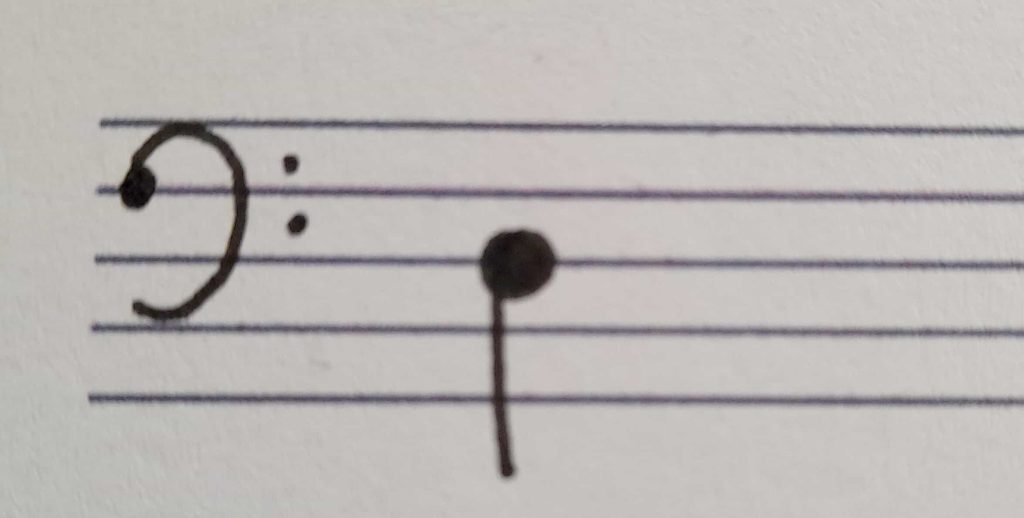
The note is D if I use this clef but
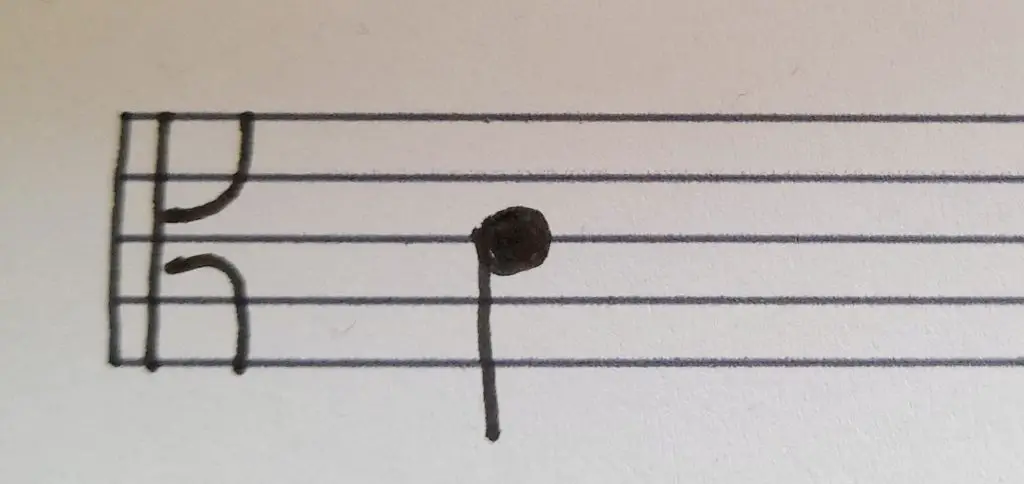
C with this clef.
The use of a clef is essential. Make sure that you always check which clef is at the beginning of each line of music. If you are writing your own music make sure to add the clef at the beginning of each line.
How To Read Notes On The Treble Clef
Today we are concerned with only the Treble clef.
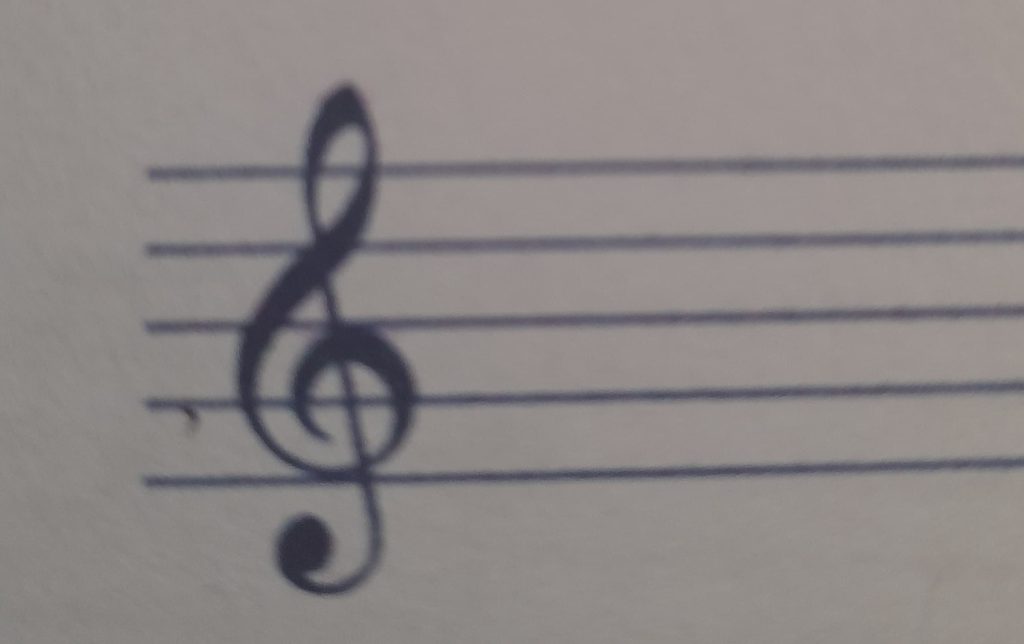
The treble clef is also known as the ‘G’ clef as it starts on the G line, goes up to a G and then down to a G.
Learning The Note Names On The Treble Clef
The first thing to recognise is that notes can either sit in a space (that is the space between two lines) or notes are attached to a line.
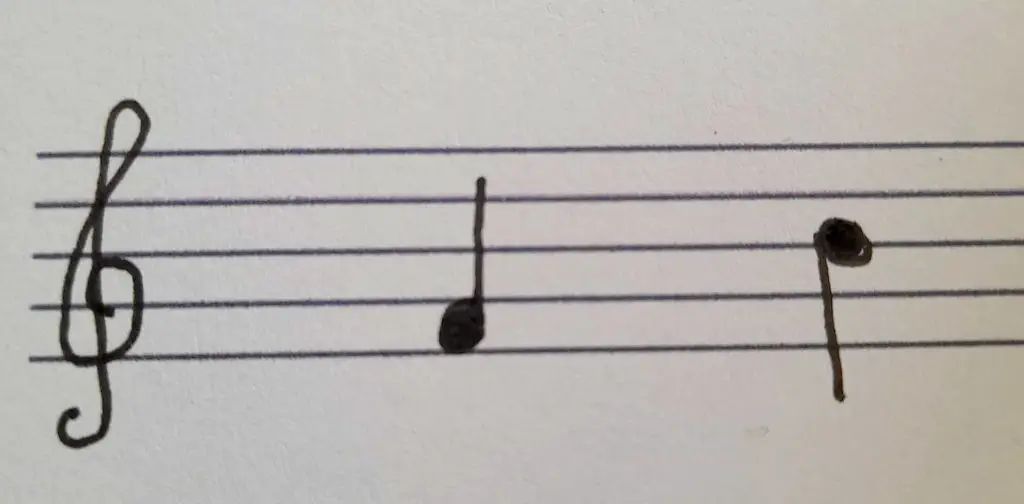
Notes In The Spaces
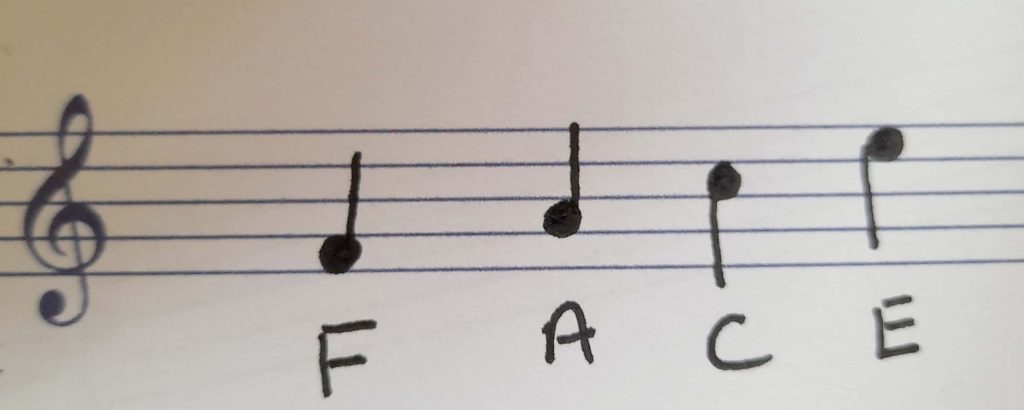
The notes in the spaces when using the Treble clef spell out the word:
F A C E
Notes On The Lines

Unfortunately these letters do not spell a word but musicians use a phrase to help them remember the order. The most common phrase is:
Every Good Boy Deserves Football
All The Notes On A Staff

In music we only used the letters A B C D E F G. This is often called the musical alphabet. When we get to G we go back to the beginning of the alphabet – A.
If we add a note to our staff after the final F you get a G. If we add a letter before the first E on the staff we have to go backwards which means the note is D.

Please be aware that on all of these staves I have only shown crotchet notes (quarter notes).
Notes come in different shapes like these:

At the moment it isn’t important what the note head looks like. It is just important to notice where the note head is sitting.
We know that the first note is F as it is sitting in the first space of the staff. The next note is also F because the note head is sitting in the same space. The third and fourth notes are also F because the noteheads are sitting in the first space.
It is important to remember that it does not matter what type of note sits in the space it will always be an F when using the treble clef.
Ledger Lines
Music does not just stop at top note of the staff, the pattern continues rising. As we have run out of lines on the staff we add what is called Ledger Lines. These are little lines which help musicians know the notes both above and below the staff.
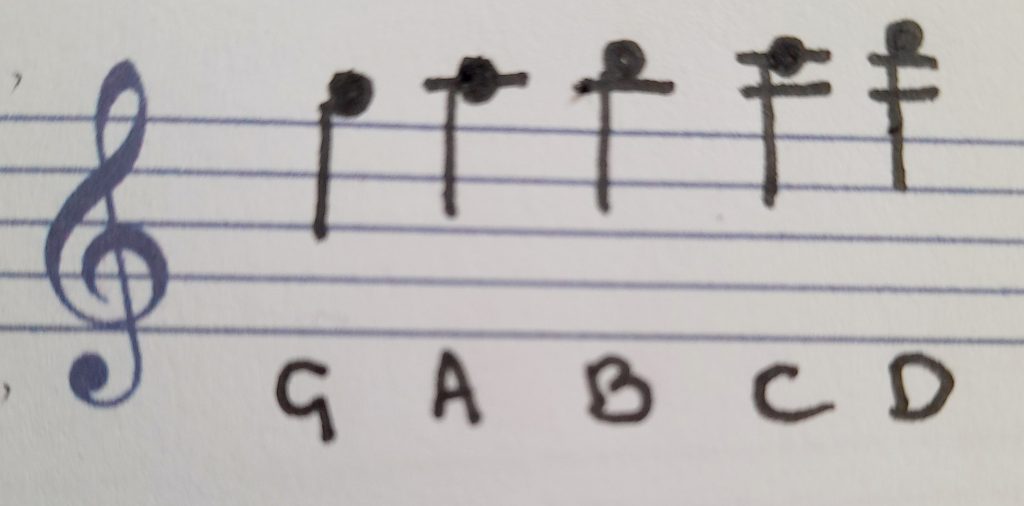
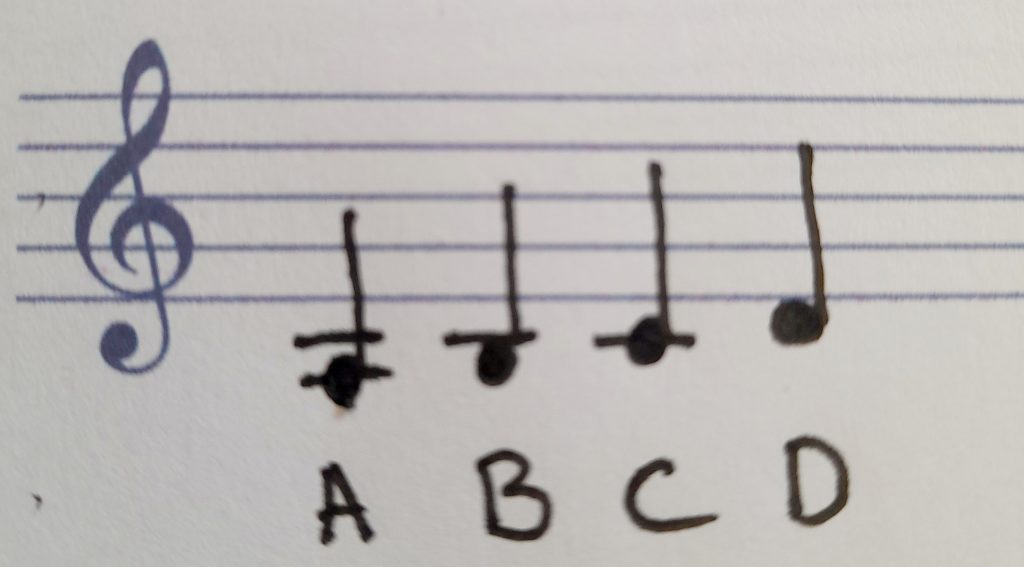
The line that cuts through the note head is called a ledger line. Ledger lines act like an additional line of the staff.
Points To Remember
- The notes in the spaces spell FACE
- The notes in the lines require you to remember a phrase: Every Good Boy Deserves Football
Once you remember these two things you will be able to work out all other notes on the treble clef.
